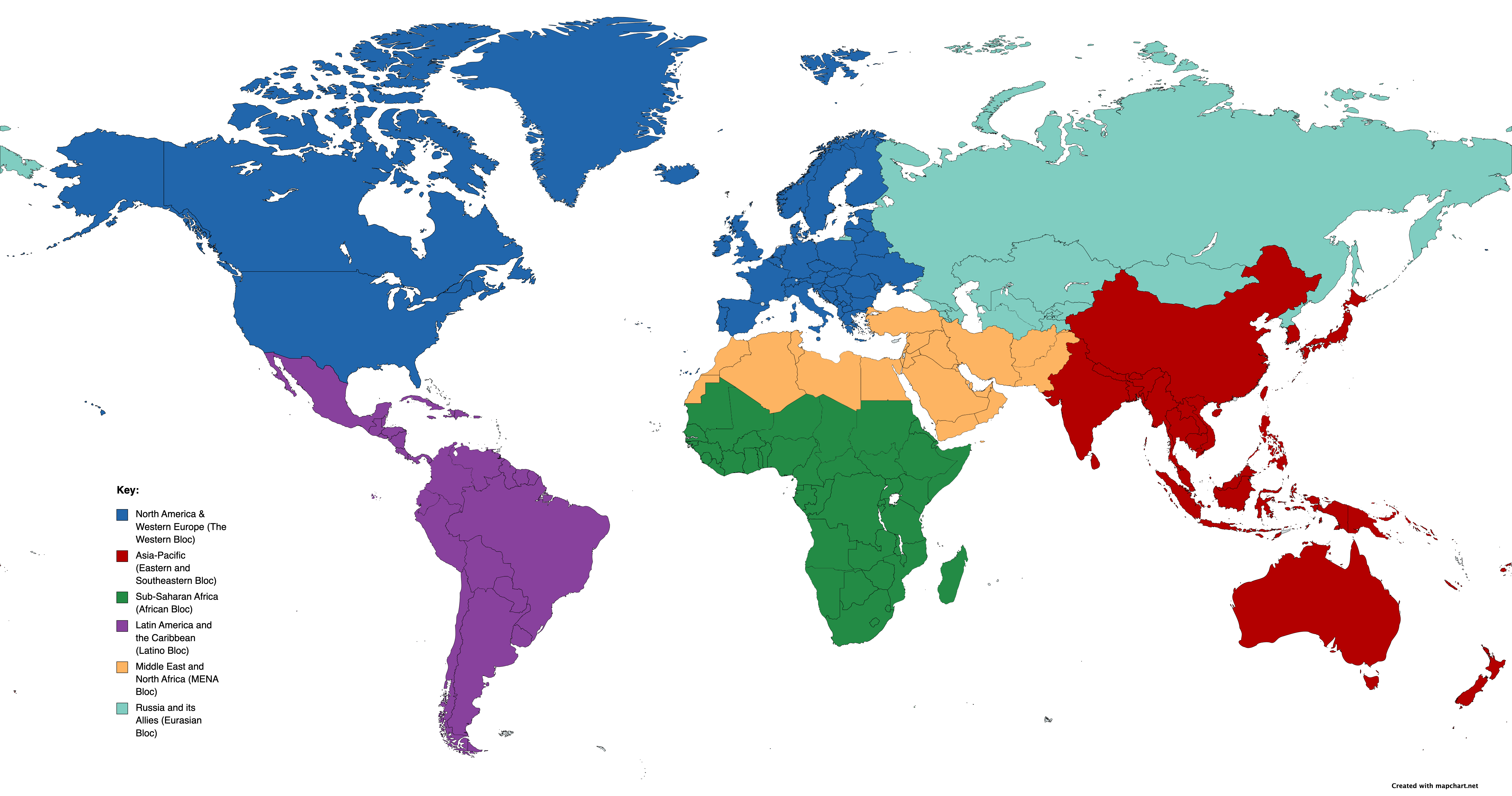Introduction
Entrepreneurship, often hailed as the backbone of innovation and economic growth, requires a unique blend of personality traits. While the entrepreneurial journey varies for each individual, there are certain characteristics that consistently emerge as essential for success. These traits don’t just define the capability to launch a business but also to navigate the unpredictable waters of the entrepreneurial sea, adapting to failures and capitalizing on opportunities.
From the unwavering determination of Colonel Harland Sanders, who faced over a thousand rejections, to the visionary prowess of Elon Musk, the stories of renowned entrepreneurs serve as a testament to these qualities. While it’s tempting to attribute entrepreneurial successes to market conditions or groundbreaking ideas alone, it’s often the individual’s character that plays a pivotal role.
In examining the journeys of some of the world’s most iconic business figures, we can identify seven indispensable personality traits that budding entrepreneurs should cultivate.
The 7 successful entrepreneur personality traits
- Resilience: The ability to bounce back from setbacks and keep going in the face of adversity.
- Example: Howard Schultz of Starbucks encountered numerous bank rejections before finally securing funding.
- Reference: Schultz, H. (1997). Pour Your Heart Into It: How Starbucks Built a Company One Cup at a Time. Hyperion.
- Adaptability: The skill to pivot and change direction based on market feedback or new insights.
- Example: Reed Hastings’ Netflix transitioned from a DVD-by-mail service to streaming, revolutionizing entertainment.
- Reference: Keating, G. (2012). Netflixed: The Epic Battle for America’s Eyeballs. Portfolio.
- Vision: A forward-thinking perspective, seeing beyond the present and anticipating future trends.
- Example: Elon Musk’s ventures, such as Tesla and SpaceX, stem from his forward-looking perspective on energy and space.
- Reference: Vance, A. (2015). Elon Musk: Tesla, SpaceX, and the Quest for a Fantastic Future. Ecco.
- Determination: Unyielding commitment to one’s goals, even when faced with obstacles.
- Example: Colonel Harland Sanders pitched his chicken recipe over 1,000 times before it was accepted.
- Reference: Ozersky, J. (2012). Colonel Sanders and the American Dream. University of Texas Press.
- Risk-Management: Courage to take calculated leaps, even when the outcome is uncertain.
- Example: Richard Branson’s diverse ventures, from airlines to space travel, epitomize his risk-taking spirit.
- Reference: Branson, R. (1998). Losing My Virginity: How I Survived, Had Fun, and Made a Fortune Doing Business My Way. Crown Business.
- Perseverance: Consistency in efforts, undeterred by failures or slow progress.
- Example: Thomas Edison’s countless experiments before perfecting the light bulb highlight his perseverance.
- Reference: Baldwin, N. (2001). Edison: Inventing the Century. University of Chicago Press.
- Networking Ability: The talent to connect, collaborate, and build meaningful relationships in the business ecosystem.
- Example: Oprah Winfrey’s vast network of influencers and experts across fields showcases her networking acumen.
- Reference: Kelley, K. (2010). Oprah: A Biography. Crown Archetype.
Summary
Entrepreneurs often exhibit a set of distinctive personality traits that greatly contribute to their success. These traits — resilience, adaptability, vision, determination, risk-taking, perseverance, and networking ability — serve as foundational pillars in the realm of business. Resilience ensures they bounce back from failures, while adaptability allows them to navigate the ever-evolving market dynamics. Possessing vision equips them with a roadmap for the future, whereas determination ensures they remain focused on their goals. Risk-management emboldens them to explore uncharted territories, perseverance ensures tenacity during challenges, and networking ability helps in building strategic relationships.
These traits, when harnessed effectively, not only lead to prosperous careers and thriving businesses but also positively influence personal aspects of life. For instance, resilience can teach family members the value of perseverance; adaptability can promote a flexible mindset in the face of life’s uncertainties; and determination can inspire loved ones to pursue their passions with unwavering commitment. In essence, these entrepreneurial traits not only chart the course for business success but also foster an environment of growth, adaptability, and resilience in personal life, cultivating stronger family bonds and life satisfaction.





